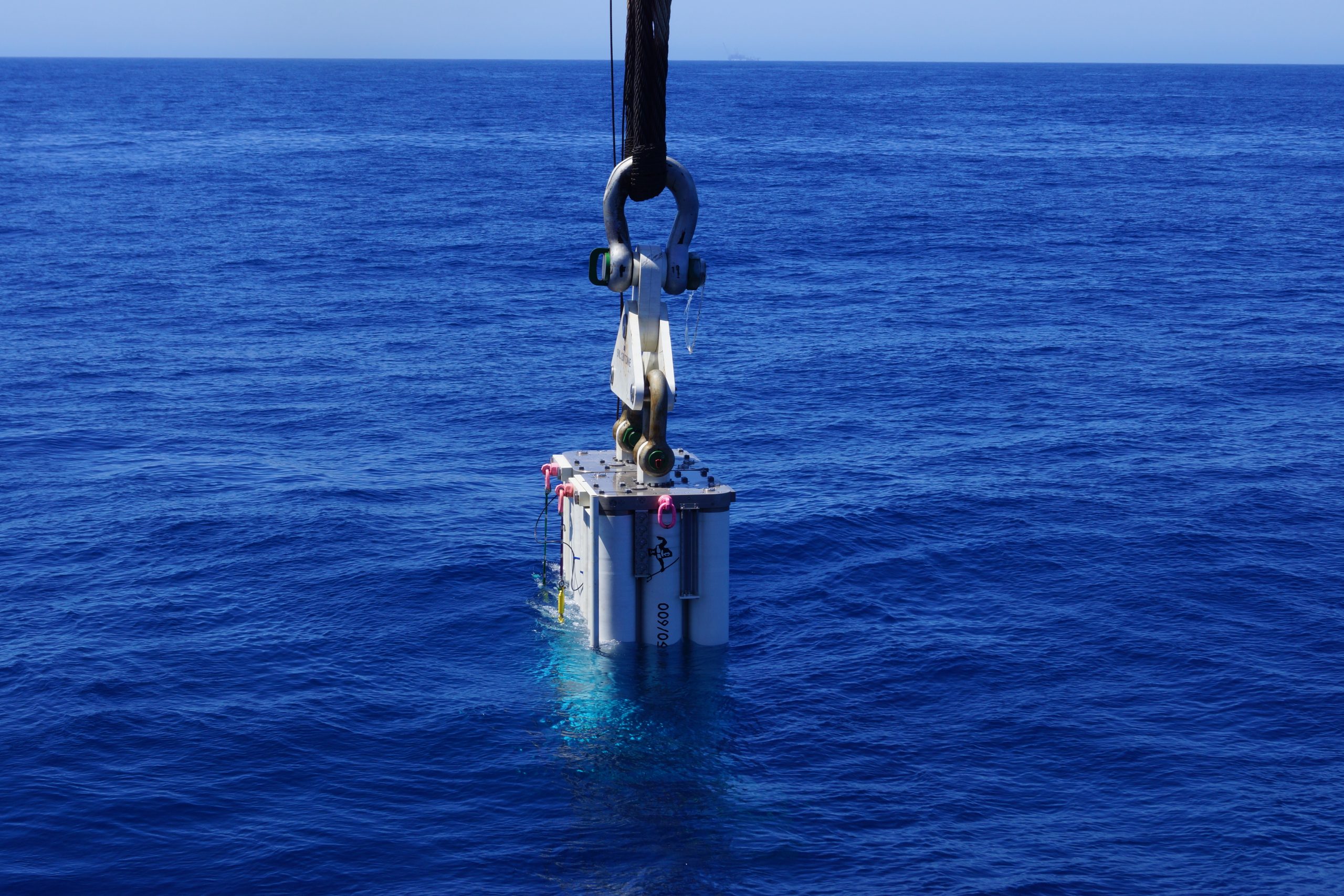Safelink Passive Heave Compensation (PHC) Solutions
Standard & Adaptive units in one streamlined portfolio
Why Passive Heave Compensation?
All Safelink PHC units combine a gas spring (nitrogen) with hydraulic damping (oil) to smooth out the dynamic effects of waves and vessel motion. The result is:
- Safer splash‑zone crossings – no slack slings or snap loads
- Reduced peak & fatigue loads – protects both crane and payload
- Bigger weather windows – keep working when others wait on weather
- Topside ⇄ Subsea flexibility – one rig‑up covers the entire lift
Two Variants – One Philosophy
| Feature | Standard PHC | Adaptive PHC |
|---|---|---|
| Setup & use | “Plug‑and‑play” mechanical unit; no electronics | Same plug‑and‑play install, plus smart control |
| Adjustment | Factory‑set gas spring & damping | Change settings topside (tablet) or subsea (ROV) |
| Data logging | — | Motion & load logs for post‑analysis |
| Resonance avoidance | — | Auto‑tunes natural period to stay clear of wave period, even in ultra‑deep water |
| Landing‑speed reduction | Good | Exceptional – slows all structures, even low‑drag ones |
| Subsea retrieval | Constant‑tension + overload protection | Same, plus live load read‑out & on‑the‑fly tuning |
| Typical go‑to | Simple topside lifts, quick lift‑offs, cost‑sensitive jobs | Complex or long‑duration campaigns where conditions change with depth |
Shared Core Functions
- Shock absorption
- Cushions hooks, slings and subsea hardware during splash‑zone transit.
- Overload protection
- Extends automatically if load exceeds the preset limit—an insurance policy should the AHC system drop out.
- Quick lift‑off
- High‑pressure retraction of the piston rod lets the crane get clear fast, preventing re‑entry of the payload.
- Subsea retrieval
- Maintains constant tension while breaking suction piles free and retracts smoothly once the structure releases.
Adaptive‑Only Advantages
- Interactive control system
- Pre‑load multiple spring/damping “profiles” and switch automatically or on command.
- Topside & subsea mode
- Swap settings from a deck‑side tablet or via ROV panel—no recovery to deck required.
- Resonance avoidance
- Actively shifts the lifting system’s natural period so it never syncs with wave period.
- Landing‑speed governor
- Proves compliance with strict velocity‑limit specifications and widens the operable sea‑state envelope.
- Live & recorded data
- View loads in real time (ROV) and pull complete motion‑log files afterward to satisfy client QA or feed into installation analysis.
Choosing the Right Unit
| Job profile | Recommended unit |
|---|---|
| Routine topside lifts, budget focus | Standard PHC |
| Mixed topside + subsea campaign, variable depths | Adaptive PHC |
| High‑consequence subsea installation with tight velocity limits | Adaptive PHC |
| Quick‑lift transfer where crane hoisting speed is limited | Standard PHC (optionally upgrade for data logging) |
One Supplier, One Unit, All Challenges Solved
